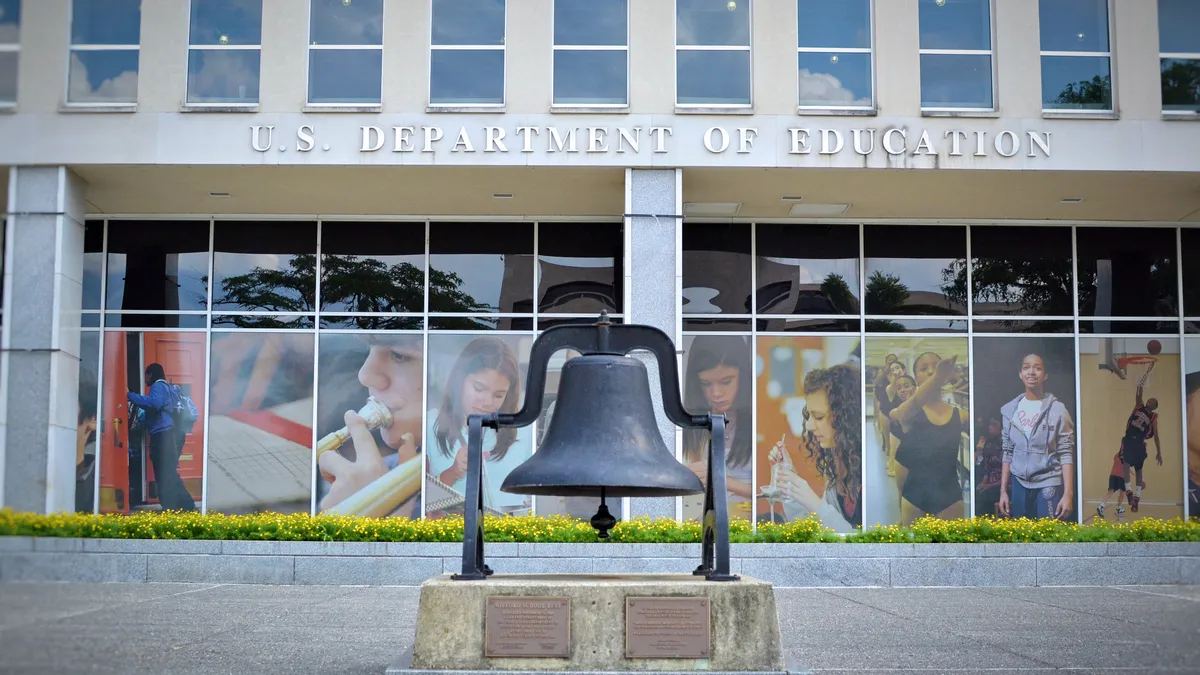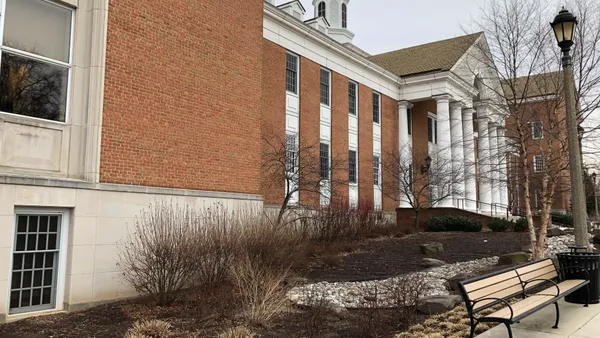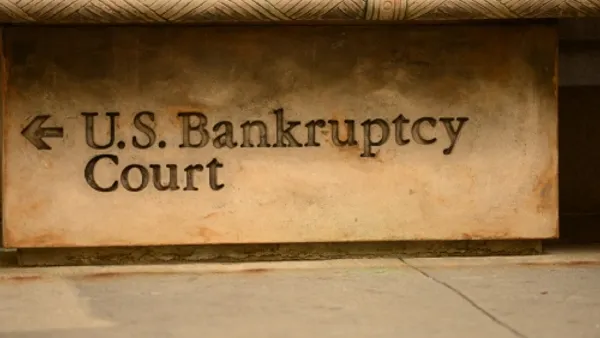Dive Brief:
- Pointing to an expected slowdown in enrollment through the fall of 2027, Moody's Investors Service warns in a new analyst report that colleges will soon face a rocky stretch. That makes some U.S. colleges an increasing credit risk, particularly small private institutions that tend to depend more on tuition revenue.
- Moody's, which cited recent data from the National Center for Education Statistics (NCES), notes that the number of high school graduates will increase only 0.2% over the next nine years, compared to 6% during the last nine years. Colleges in the Northeast and Midwest are expected to be the hardest hit, with high school graduate declines of 4% and 2%, respectively. The South, however, is expected to see a 6% uptick in high school graduates.
- Along with demographic shifts, colleges will also face more competition as the number of online programs grow and public universities attempt to increase their reach, the report said, noting that universities "with significant national brands and scale are less vulnerable to regional demographics."
Dive Insight:
Although growth is expected to slow across all degree types, Moody's notes graduate degree programs could see the biggest increases.
Between 2015-16 and 2027-28, the NCES expects master's degrees to increase by 4% and doctoral degrees to increase by 7%. (That's compared to increases of 51% and 46%, respectively, between 2002-03 and 2015-16.)
Recently, however, the Council of Graduate Schools (CGS) reported that enrollment growth of new graduate students stayed flat and that application levels had dipped between the fall of 2016 and 2017. In a news release, CGS President Suzanne Ortega attributed the slowdown to "typical cycles in the economy."
Those enrollment numbers include first-time international students, a group whose applications declined nearly 3.7%. Ortega noted that tightened policies around immigration and visas may have played a role in the dip.
Despite overall decreases, the CGS found there were gains in the number of applications to graduate programs in "business (4.5%), public administration and services (1.9%), education (1.8%) and mathematics and computer sciences (1.7%)."
Some colleges and universities are using graduate programs as a way to improve their bottom lines, raising concerns that the strategy is raising student debt levels, according to The Hechinger Report. The publication noted the number of master's degrees awarded to students had tripled between 1970 and 2015 to about 759,000.
While enrollment shifts have prompted some universities to close master's programs in areas like business, others are finding a niche. The Miami Business School, for instance, is focusing on one-year specialized graduate programs in areas like analytics and sustainability. Likewise, the Rochester Institute of Technology plans to continue to grow its selection of graduate programs, many of which are in specialized areas.
Colleges are also looking to expand their graduate programs by offering them online, Moody's noted, though the competition in this area is tightening. Law schools have begun to take more programs online as a way to stave off enrollment declines, and more universities are eyeing big moves to become national competitors in the space.













